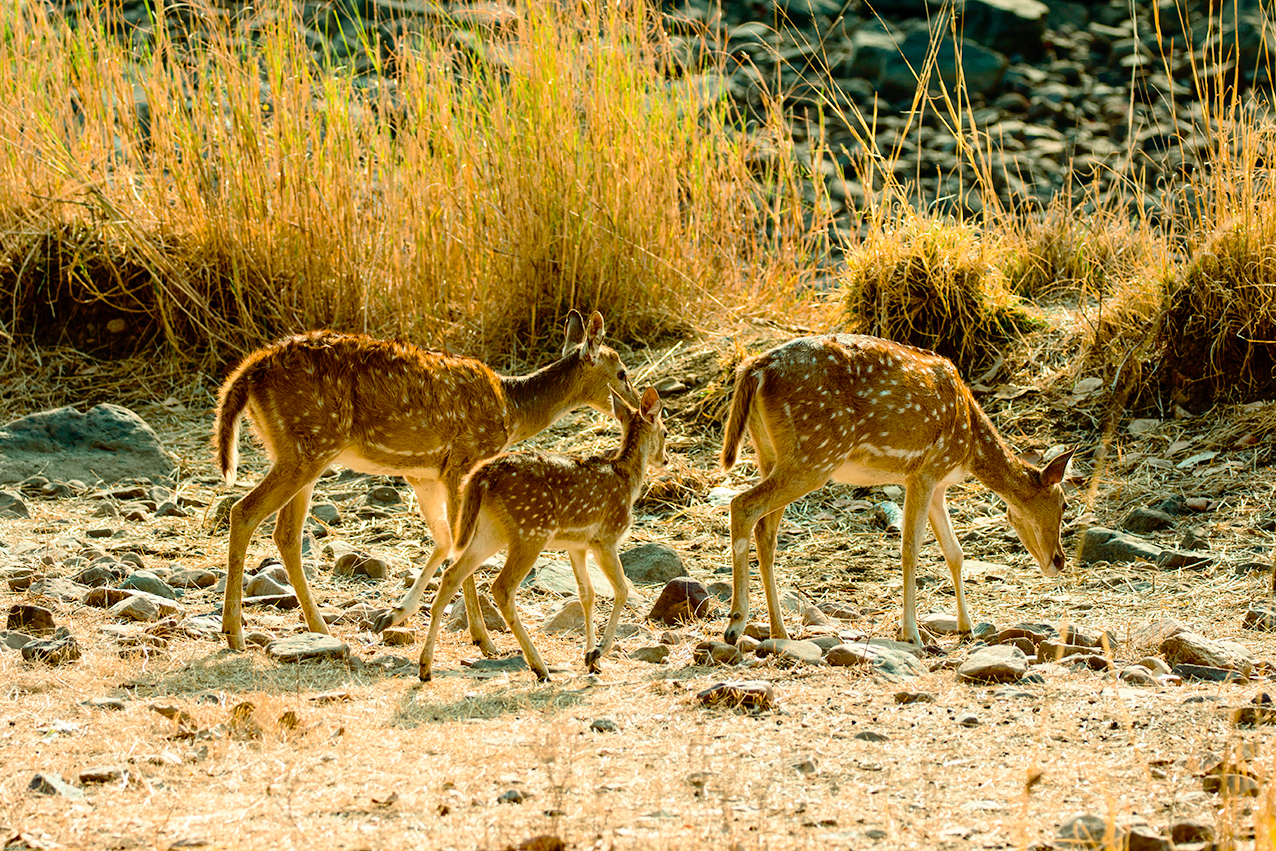
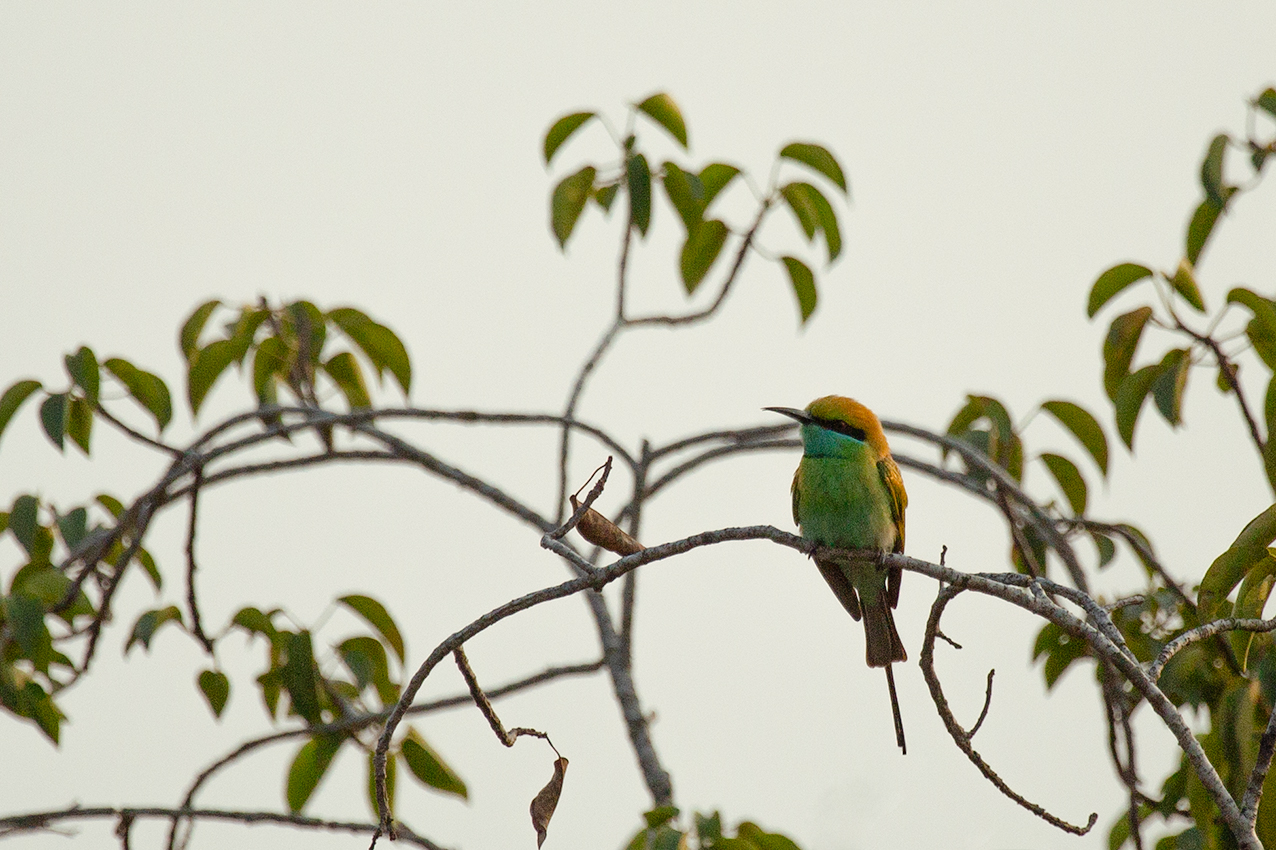
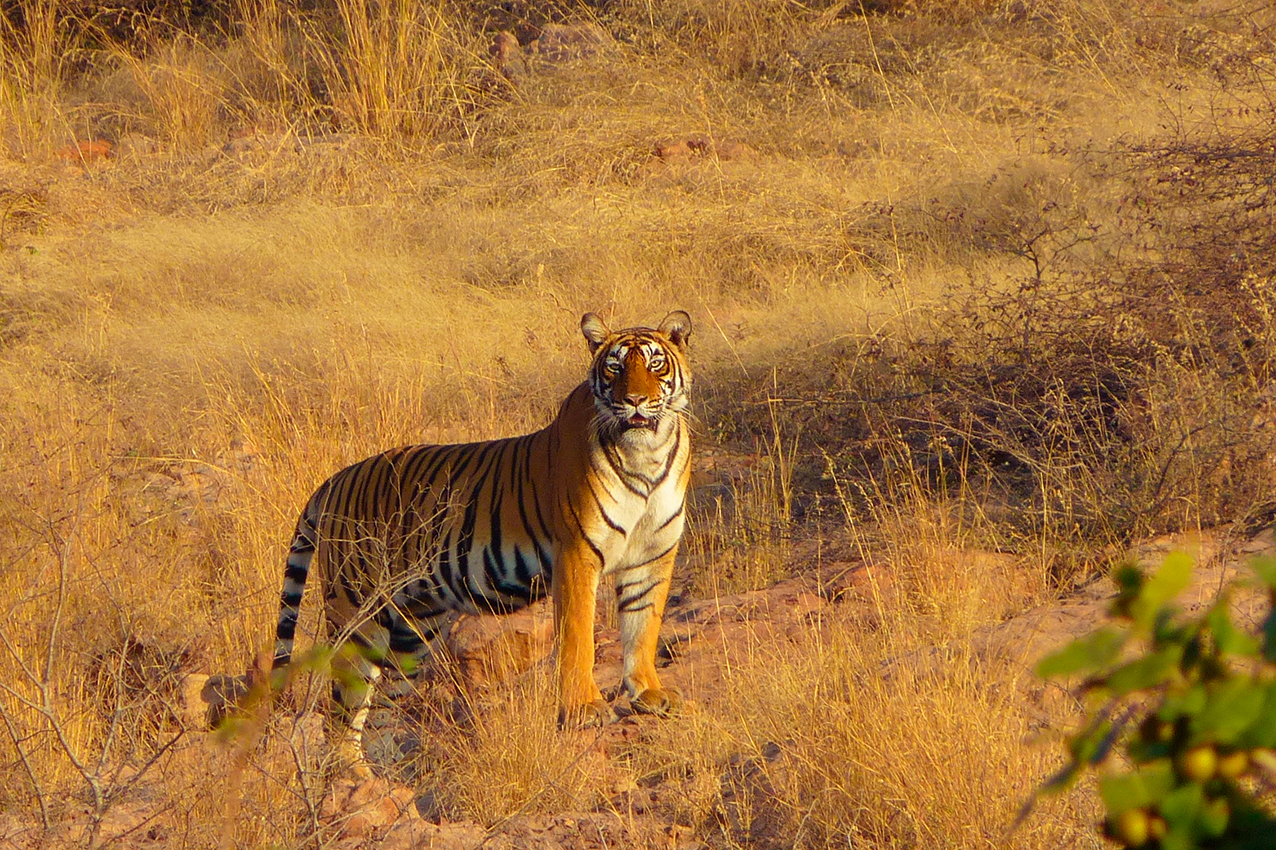
The season turns, migratory waterfowl alight upon the banks of a lake. As the sun dips lower into the horizon, herds of swamp deer canter over grasslands, retreating for the night. A solitary jeep rolls over the forest track, the crunch of the tire on dry leaves distinct in the quiet wilderness. Between the foliage, glimpses emerge, of a tiger on the prowl for prey. A while away, sculptures from mythology age gracefully in an amber hued town.
This journey touches upon the major wildlife sanctuaries and national parks in north and central India, providing a wide variety of experiences for those enamoured by wildlife. Beginning in Bharatpur, a well-populated bird sanctuary in Rajasthan, the journey moves into the arid forests of Ranthambore. From there, it stops at Kanha, known for its tropical forests and indigenous species of animals. Follow the trail to Panna National Park, witness nurture that has renewed the tiger and gharial populations. On a short excursion to Pench, behold a wide variety of indigenous species, then come to a rest at the famed tiger reserve of Bandhavgarh. Before drawing the journey to a close, unearth ancient Hindu and Jain temples of incomparable architecture in nearby Khajuraho.
Adjacent to the city of Bharatpur is the Keoladeo National Park, a bird sanctuary home to more than 300 species of birds. A man-made wetland developed over the years, the sanctuary plays host to several migratory birds, being on the Central Asian migratory flyway. Within its marshes and grasslands is found rich biodiversity, resounding with the call of a variety of bird and animal life.
From this wetland, drive down to the dry expanses of Ranthambore, where a majestic old fort has been taken over by the wild. Like most other national parks in this region, Ranthambore was initially the hunting ground for the royal families of its neighbouring kingdoms. Now ruled by the king of the jungle, Ranthambore is widely visited for its growing population of Royal Bengal tigers.
After a short flight, alight in Jabalpur, the access point to more than three national parks of Central India. In the meadows of Kanha National Park are found the rare barasingha, or hard-ground swamp deer, unlike other species of swamp deer, which are suited to living on marshy lands. Located in a tropical area, the park is naturally well populated with forests and over a thousand species of plant life, much of which is important for the conservation of indigenous species like the gaur.
North of Jabalpur lies Panna National Park, a vast deciduous forest spread across the Vindhyas. With cascading waterfalls and meandering rivers, Panna is one of the tiger reserves of India where the tiger population has been brought back to life painstakingly. In close proximity sits the Ken Gharial Wildlife Sanctuary, established to renew the fast-declining population of the indigenous species of crocodile.
Drive down to the southernmost edge of the state to discover Pench National Park, believed to have been the inspiration for Rudyard Kipling’s famous The Jungle Book. Established in 1965, it has a handsome population of tigers, jackals, wild dogs, sloth bears, spotted deer, and Indian gazelle. Its climate allows for dense forest cover, and a large number of trees like teak, salai, amaltas, even bamboo are found in abundance.
In lush Bandhavgarh, the most well-known national park for tigers, explore a changing terrain of steep ridges, forests, and meadows. Containing more than 30 species of mammals, 250 species of birds, and 80 species of butterflies, the jungles of Bandhavgarh are greatly sought after for their diversity in both flora and fauna. Currently housing the largest population of the Royal Bengal tiger in the world, it is also well-populated by endangered species like that of the gaur and the Indian wolf.
In the ancient town of Khajuraho, experience the harmonious coexistence of temples belonging to two schools of belief, Hinduism and Jainism. Built in the 10th century by the Chandela dynasty of the Bundelkhand region, the Khajuraho Group of Monuments are a masterpiece of architecture and sculpture. More than 80 such intricate temples existed initially, around twenty of which survive till date.
-
Cities
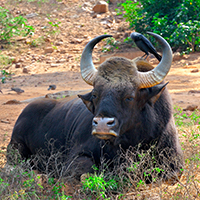
Bandhavgarh National Park
Upon the forested ridges of the Vindhyas lies Bandhavgarh, the national park known for having the highest population of tigers in India. Within its rough terrain, the park remains the habitat of a number of species of mammals, birds, and reptiles, including a large number of butterfly species. Commonly found animals include the Asiatic jackal, striped hyena, leopard, swamp deer, and sloth bear.
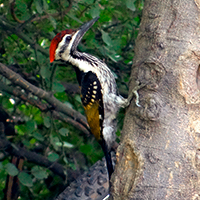
Bharatpur
Famous for the beautiful Lohagarh Fort, Bharatpur is known for not falling under the rule of the British. Due to its extensive fortifications, the city was said to be impregnable. Home to a royal lineage that can be traced all the way back to the 11th century, Bharatpur enjoys the privilege of having ornate palaces, sprawling gardens, and the famous Keoladeo National Park.
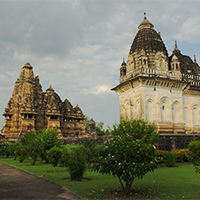
Khajuraho
In the heart of the country are found a collection of Hindu and Jain temples, coexisting in harmony for more than a thousand years. What gradually came to be known as Khajuraho, this group of monuments are heralded for the intricacy of their sculptures as well as durability of their design. Being isolated in geography, the temples largely escaped raids of rulers over the centuries, mostly retaining their original forms.
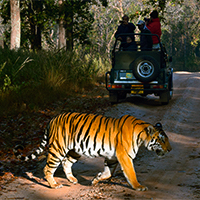
Ranthambore National Park
With large expanses of dry forests and a majestic old fort, Ranthambore is the abode of the wild. Once the hunting ground for the maharajas of Jaipur, the national park is now home to over twenty different species of fauna, although it is most widely known for its population of Royal Bengal tigers. Often spotted lounging in the sun, these diurnal tigers are now the reigning lords of the area.
-
EXPERIENCES
A safari through a pristine tiger habitat
Aboard a jeep, explore one of the primary zones of the Bandhavgarh National Park. Listening to the legends and myths surrounding an ancient fort, catch sight of a range of wild animals, such as white eagles, blue bulls, sambars and wild cats, including the much sought after Bengal tiger, in their natural habitat.
Explore Bandhavgarh's Villages
The periphery of the wildlife reserve of Bandhavgarh is dotted with settlements that largely consist of humble mud homes. On an excursion to these villages, discover the unique lifestyles of these tribal communities who have over several generations shared space and resources of the forest with the big cat and other species.
Explore the Kandariya Mahadev Temple
Set in lush landscapes, the Western Group of Temples are considered to be the most important group of monuments in Khajuraho. Visit the majestic shrine of the Kandariya Mahadeva temple that depicts the abode of Lord Shiva, along with some of the finest portrayal of Hindu iconography.
Visit the Chausath Yogini Temple in Bhedaghat
Explore the labyrinthine complex of the Chausath Yogini Temple, a thousand-year-old structure on the banks of the Narmada. The abode of Goddess Durga and 64 yoginis, the temples greatly resembles the style of the Khajuraho temples, especially in the intricacy of the sculptures.
Walk along Ranthambore Fort
An experience that combines wildlife and royal historical heritage, a trek to the 10th-century Ranthambore Fort will take you to the top of a hill. Explore the lakes, scrubland and ruined palaces. Once part of a thriving Rajput kingdom, the big cats have made the fort their domain now and is home to a diverse ecosystem.
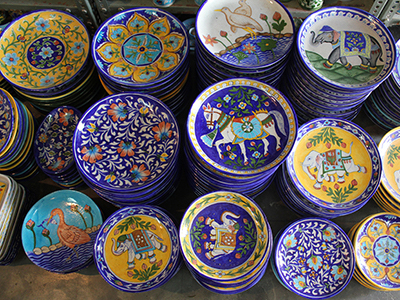
Where Art is Made
This journey explores the many handicraft traditions ranging from pottery to textiles in the states of Rajasthan and Uttar Pradesh...
Bespoke Journey • North India
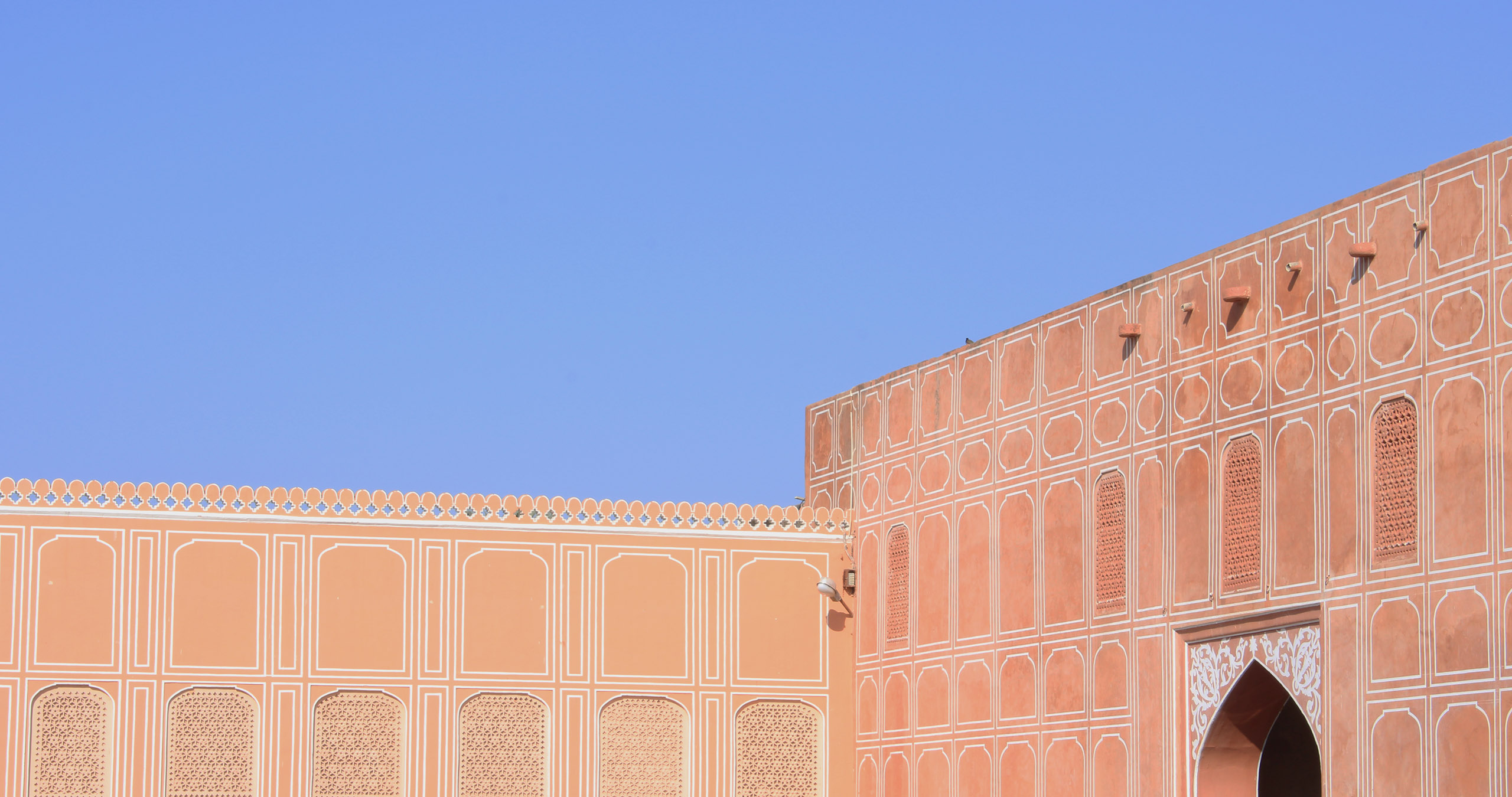
Light, Lines and Spaces
Delve into our journey with Cereal across Rajasthan and Agra, and discover heritage architecture through the lens of this magazine...
Behind-The-Scenes • North India
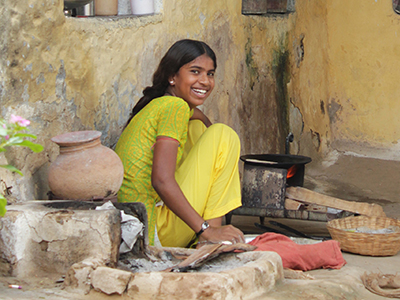
The Creator of Aroma
The warm fragrance wanders into the softly-lit morning street. It wafts from the kitchen, through the open door and...
Narrative • North India
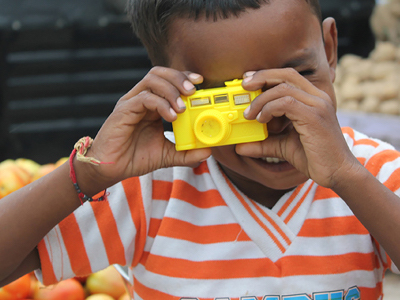
“One Photo, One Photo!”
I arrived in Bhenswara in the late afternoon, when the light softens and people leave the torpor of their inner courtyards to fill up the streets...
Narrative • North India
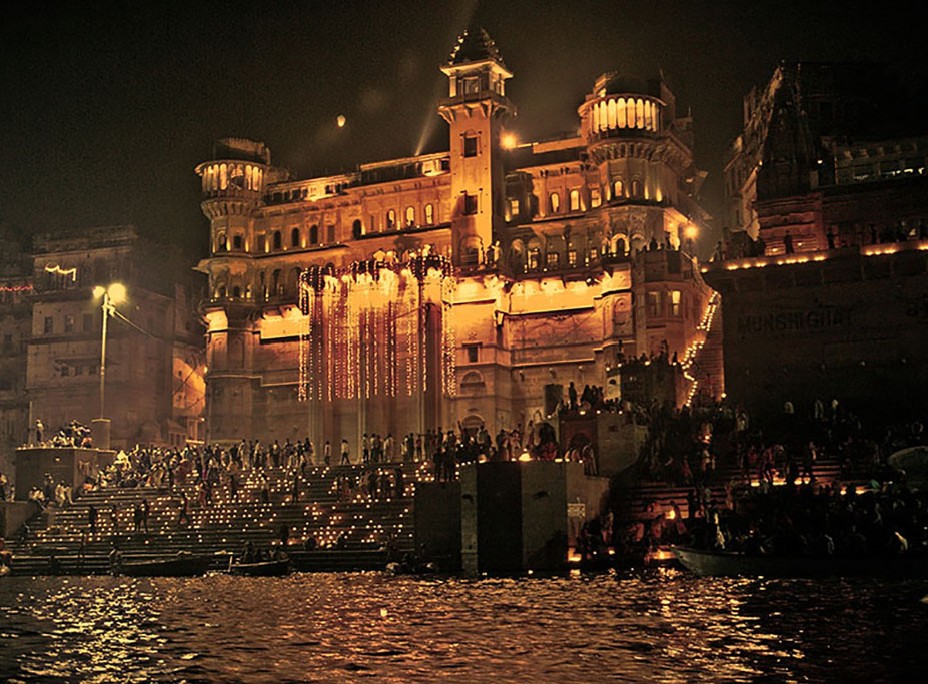
Brijrama Palace
The erstwhile royal palace in the holiest city of Varanasi, the Brijrama is an unlikely blend of luxury...
Hotel Guide • North India

An Old-World Luminescence
Get a glimpse of the unique cuisine of the Parsi community, documented through the waning Parsi cafes that were once an integral part...


